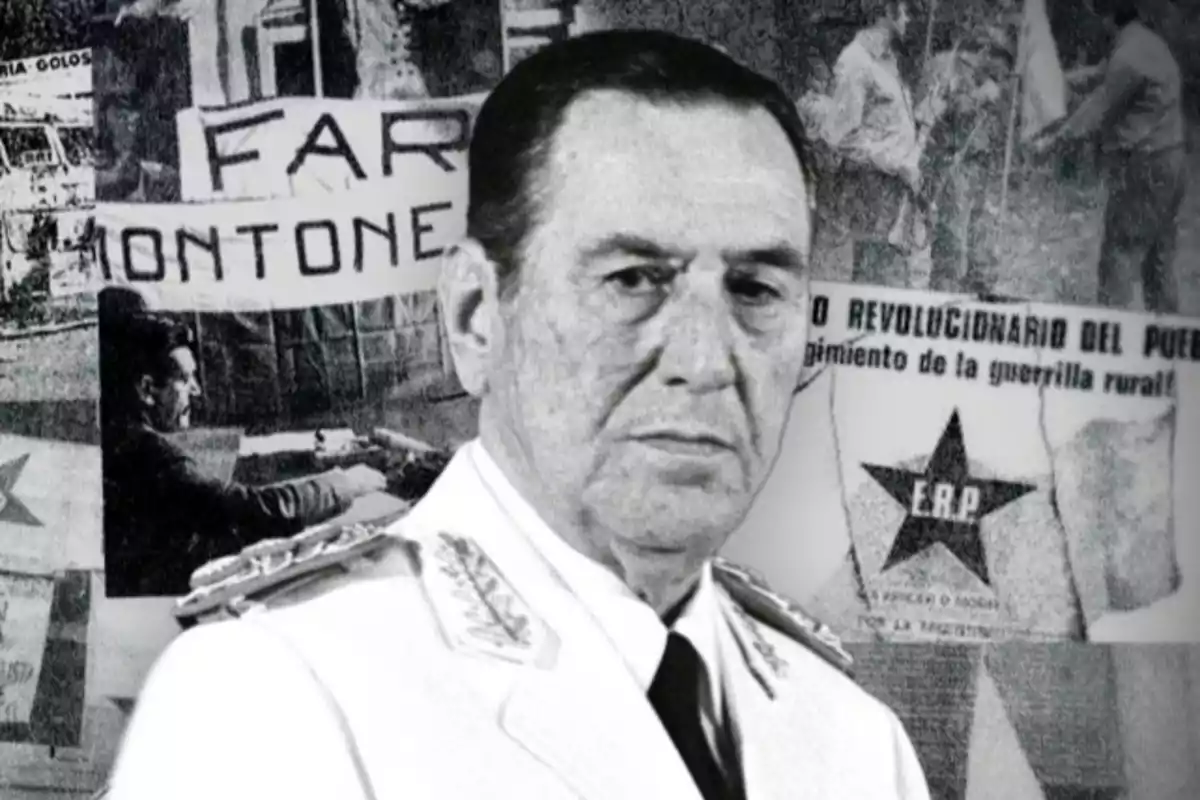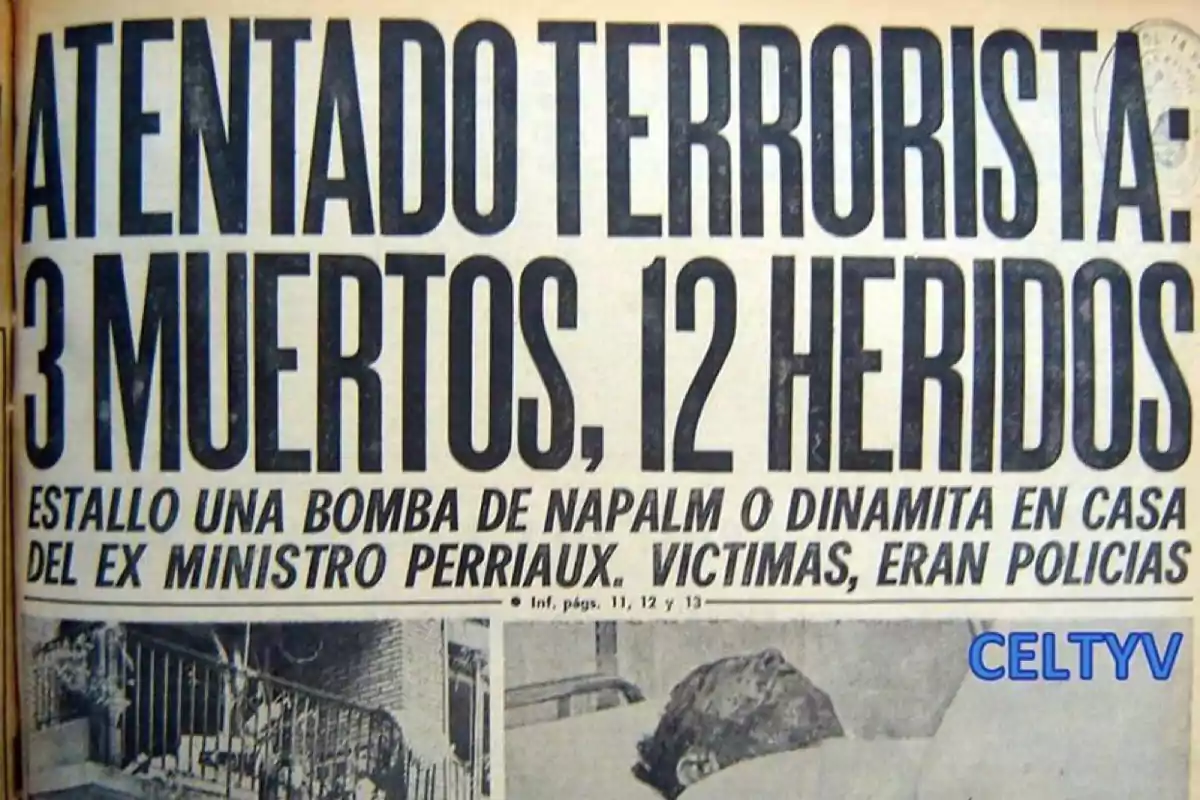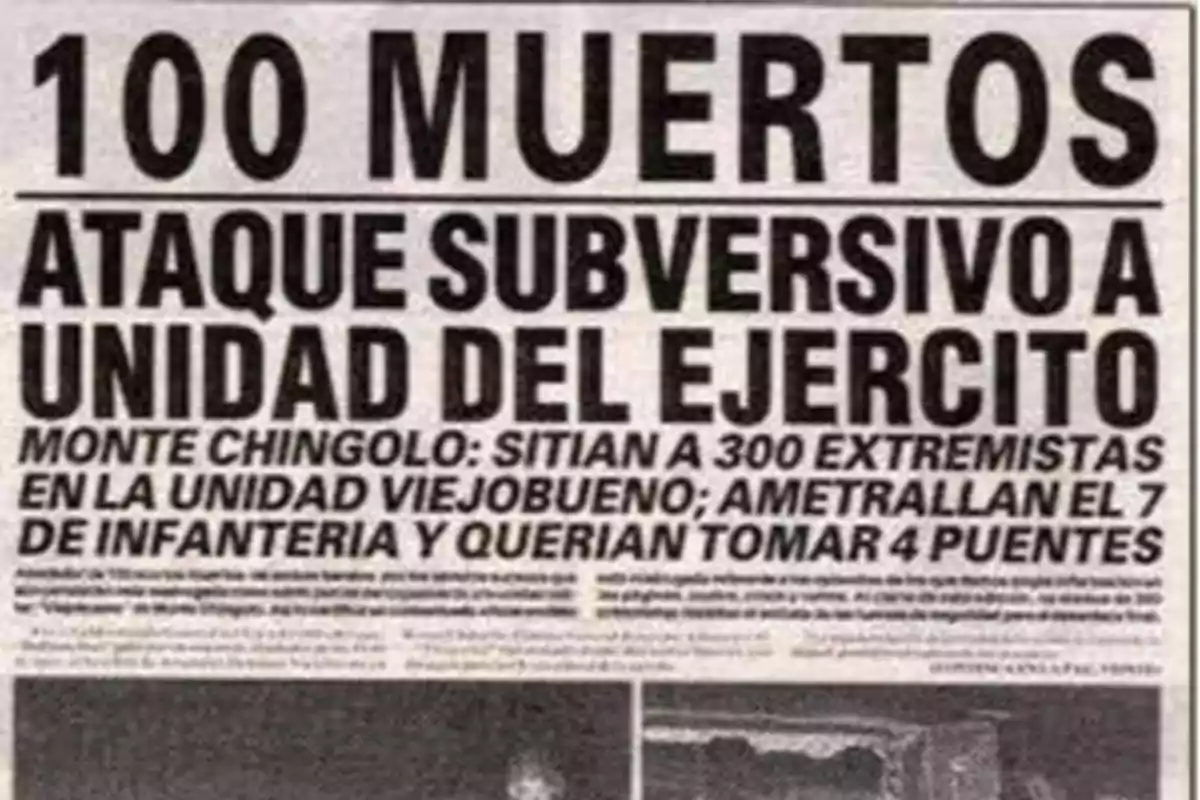
The Triple A, Perón's annihilation decrees, and the beginning of the disappearances
Even though Kirchnerism tries to hide it, State terrorism began under the Peronist government
More than half a century ago, on January 20, 1974, Juan Domingo Perón burst onto Argentine television with a message that marked a turning point in the country's history.
Dressed in his lieutenant general's uniform, the then president issued a harsh warning following the attempted takeover of the Azul barracks by the leftist terrorist group People's Revolutionary Army (ERP).
"It's time we set things straight and annihilate as soon as possible this criminal terrorism that seeks to destabilize the country," declared Perón.
Those words, spoken firmly, not only reflected Perón's exasperation with the violent actions of the leftist guerrilla but also opened the door to a repressive escalation that left indelible scars in Argentina, but which Kirchnerism seeks to conceal.

Perón had returned to power in October 1973, after 18 years of exile, in the midst of a fractured country. The ERP, with a Marxist orientation, and Montoneros, emerging from "revolutionary Peronism," multiplied their terrorist attacks: kidnappings, attacks, and armed confrontations.
The assassination of union leader José Ignacio Rucci in September 1973 and the assault on the Azul Regiment, which left dead and kidnapped, was the straw that broke the camel's back.
Perón, who had been seen as a symbol of unity, opted for a hard line. His call to "annihilate" was not mere rhetoric: under his government, and especially after his death in July 1974, a repressive apparatus was formed that anticipated the horrors of the dictatorship.

The creation of the Triple A
One of the pillars of this strategy was the creation of the Argentine Anticommunist Alliance, known as Triple A. Led by José López Rega, Perón's influential private secretary and later Minister of Social Welfare under Isabel Perón, the Triple A emerged as a parapolice group dedicated to eliminating leftist activists linked to terrorism.
From the end of 1973, but with greater intensity in 1974, its squads began to operate: selective assassinations, threats, and disappearances marked their actions.
Although Perón did not live to see its peak, his speech declaring war against leftist terrorism was interpreted as a green light for López Rega and his people.
After Perón's death, María Estela Martínez de Perón, known as Isabel, assumed the presidency. Her government, weak and under the shadow of López Rega, went further by legalizing crimes against humanity.
The annihilation decrees
On February 6, 1975, Isabel signed the so-called "annihilation decrees" (Decrees 261/75 and 2772/75), which ordered the Armed Forces to "neutralize and/or annihilate" the actions of "subversive elements" in Tucumán and, later, throughout the country.
These decrees, which formalized the fight against the ERP and Montoneros, marked the beginning of military actions such as the "Operation Independence" in Tucumán, which introduced illegal detentions, tortures, and systematic disappearances, practices that the 1976 dictatorship would perfect.
The Triple A, created and supported logistically and financially by the Peronist government, killed more than 1,500 people between 1974 and 1976, according to estimates by human rights organizations.
Isabel's decrees, meanwhile, legitimized a repression that left thousands of victims before the military coup. With the aim of stopping the leftist guerrillas, the "forced disappearances" began, which, despite Kirchnerism's attempts to conceal it, started under the Peronist government.
More posts: